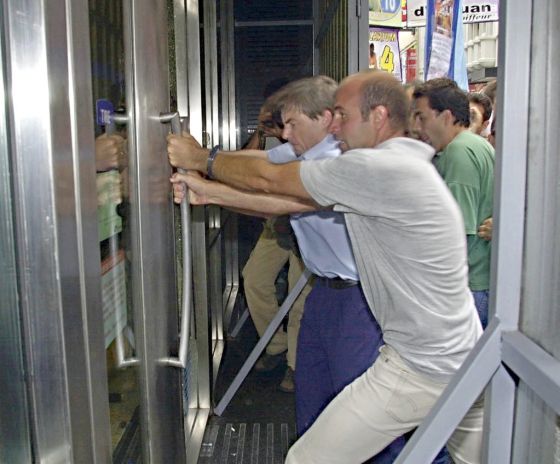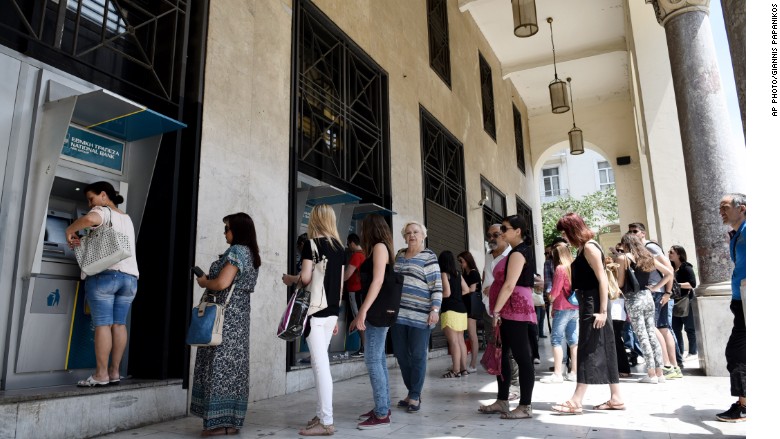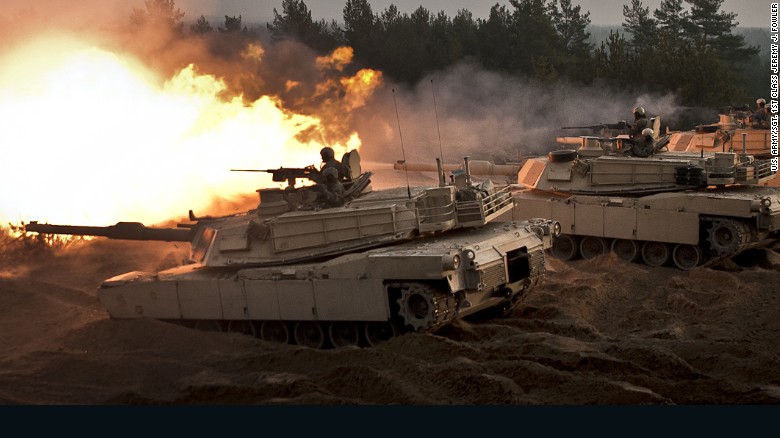
Message:
Hello from Greece. About the situation with capital controls.
-A lot of false information on media in Greece (TV, Social media etc.) is spread. You do not know what true or not any more is. A lot of rumors are presented as real news by people that benefit from the situation.
-People cannot use their debit cards for food or fuel. Most supermarkets and fuel shops only accept cash. The same goes for other kind of shops, although public announcements say otherwise.
-Those that had already web banking in use are luckier. They can use it to pay bills and shop online but only from stores within the country. No international shopping.
-Although the situation looked bad weeks ago, many people were unprepared for this and were left with 5€ in their pocket and no food or fuel.
-A lot of shops and companies put their employees in mandatory leave as they cannot get supplies to continue their production. So people that had a good steady job are left without income in addition to the already unemployed.
-Although the government says that capital controls will be withdrawn soon, this is not expected to happen but after many months.
Petros N.
Athens, Greece
...
Hello Petros,
Thanks for your email letting us know about what’s really going on over there.
What you are describing in your letter is an exact copy of what happened in Argentina after the “corralito” went up in 2001. Officially speaking, the capital control is done to stop bank runs and money leaving the country, either because Greeks close their bank accounts and horde Euros under their mattresses or directly wire transfer money to banks abroad. Officially speaking, you can use your debit card to pay for food, gas and pay your bills, so you don’t really need a lot of cash. The problem is that’s not what ends up happening in the streets.
Speaking in practical terms, when you’re standing in line in a grocery store with a bottle of milk, some eggs and a bag of bread, you can’t actually force the shop owner or employee to take your debit card if he doesn’t want to. You can complain all you want, but you won’t change that person’s mind. With a country on the edge of collapse, it’s perfectly understandable that most businesses will prefer cash. This also happened in Argentina. The “cash only” signs went up almost instantly. Some of the larger retailers still accepted debit cards but for years gas stations operated on a “cash only” basis after the collapse.
As you say, a lot of people have been caught completely unprepared. We discuss these topics here all the time because we do prepare for these events and notice the red flags, especially such obvious ones as those seen in Greece. Still, the average person in Greece, just like the average person elsewhere, is not a prepper let alone a true survivalist. I think that in the following years, the two main concerns people will have will be the economy and crime. The economic mess you are already seeing and have experienced it for some time now. Crime will be the next stage. With growing poverty, social instability and lots of cash on the streets there’s no way around it you will see crime rise unless the government does and outstanding job in keeping it under control, which I don’t think they will.
You also mention people losing their jobs right now specifically because of the default. Again, the exact same thing happened in Argentina. You already had high unemployment, but this is like a dagger through the heart. Businesses just hold on until they figure out their next move, they downscale, they don’t want to sign any contracts or move any merchandise until they know what’s happening next. From a speculator’s perspective, why would I buy a ton of cheese if maybe tomorrow I can buy it for a lot less money under a new currency? I’d rather stick to my Euros and pile them under the mattress. I can later exchange those Euros for whatever new currency comes up, which will no doubt be worth a lot less and buy that cheese for maybe half the amount of Euros. With this kind of uncertainty, the entire economy just freezes.
Its going to be a bumpy ride in Greece from now own, even more than before. If you have been following my advice over the years it will sure serve you well. If not, then you probably want to start digging into the website archives because you’ll end up experiencing a lot of that sooner rather than later.
FerFAL
Fernando “FerFAL” Aguirre is the author of “The Modern Survival Manual: Surviving the Economic Collapse” and “Bugging Out and Relocating: When Staying is not an Option”.


























